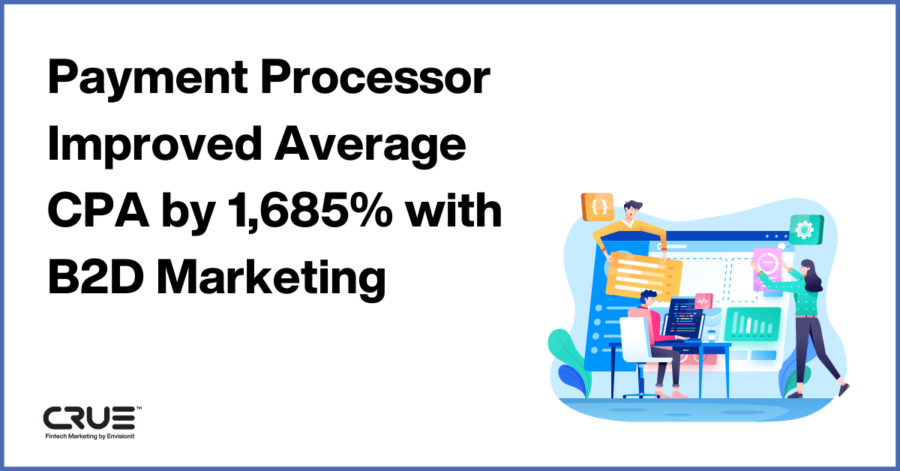No matter how eloquent and full of ideas your blog content is, if users don’t stumble upon it, it’s all for naught. So how do you lead people to the posts you’ve painstakingly crafted?
Creating readable content
Writing valuable content that people want to read while still taking SEO into account can be a delicate balance — most important of all is making sure that you begin with an original perspective, or a new idea that will offer value to your readers.
Most blog posts should be longer than 350 words, and all posts should have a unique title between 50 and 67 characters long, with important keywords near the beginning.
It should be very easy for users to skim through your blog post to parse out whatever they’re most interested in. Make paragraphs small, use a font that’s easily readable, use bold or italics to draw attention to important points, and use headings, sections, tables, charts, and lists whenever possible.
Getting great content in front of users
Get yourself in the heads of your desired readers and think about the words they might type to look up the subject matter at hand. It’s likely going to be phrases like “optimising for mobile,” “VUE 2 new features,” or “SEO redirect basics,” so make sure that whatever those phrases are appear within the body copy. And don’t forget to make your meta description (between 150 and 160 characters) engaging enough to entice users to click on the post when they see it appear within search results.
Keyword Selection
Keywords are paramount to getting blog posts discovered. In order to give your posts focus and purpose, mention your chosen keyword sets several times throughout the article in various forms. Use synonyms, different tenses, related words, and vary the structure of where these phrases appear throughout your post. Google Trends is a great place for content brainstorming. You can plug in a topic you are thinking of and immediately learn about the audience for that topic and see which keywords people Google often to learn more.
Make use of headers and subheads to include one H1 and about two H2 tags, with important keywords included.
You’ll also want to avoid blog post titles that are similar to other pages on your website — you may accidentally cannibalize conversion-ready traffic from pages within your sales funnel. Instead, use important keywords for the sales part of your website in the anchor text when you’re linking to those portions of your website. Anchor text is the (traditionally) blue underlined text of a link.
Interlinking is key with blog posts
And don’t forget about that valuable link juice. Most blog posts should link to main pages in your sitemap at least once, as well as to several other blog posts. Intersperse links artfully throughout the posts, with one every hundred words or so. And you can take it even further — anytime a new post is published, it’s a good idea to go back and retroactively link to it in older posts to help the new one get more traction.
Linking out is important, too — most blog posts should link to several high-quality external sources. Ignore that reflex to fear driving people away from your website, and don’t forget to use links that open a new tab rather than leaving your page. That said, avoid linking to competitors whenever possible, and also avoid long blogrolls on the sidebar (site-wide outbound links can reduce rankings).
Incorporating SEO practices into imagery
Most blog posts should have at least one unique image, and image file names should include relevant keywords rather than number strings. They should all also have alt tags and captions that include relevant keywords as well. These will make your image more likely to rank in Google’s image box.
Also, consider placing in images layered with quotes or tips from the article. These will have more social sharing power than images with text. Depending on your brand tone, it could be great to experiment with inserting memes into your content.
Bonus Tip: Make Your Content Share Friendly
While great content and links are still one of the most important ranking factors, making your content friendly for social helps your posts reach larger audiences. Open Graph protocol enables blog posts to become a rich object in a social graph which has been adopted by most prominent social networks such as Facebook and LinkedIn. Open Graph allows bloggers to add additional tags in the head of your blog post so you can make your more posts more visually appealing using meta tags like og:title, og:type, og:url and og:image.
Write for humans, optimize for search
When it comes to content, SEO isn’t everything. Or more accurately, your SEO will improve if you focus more on the people behind the screen. As long as your original blog content covers in-demand topics, was written for humans, and then optimized for search engines, you will influence a larger audience. Use the above best practices and tools as a foundation and then conduct your own experiments about topics, types of content, and mediums.













